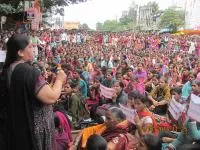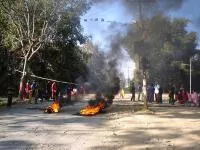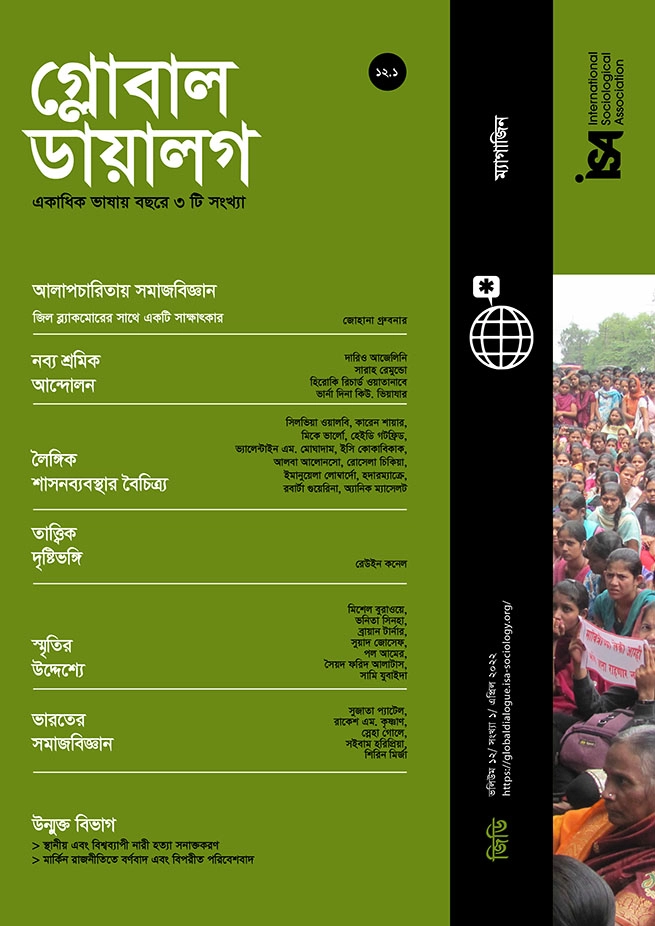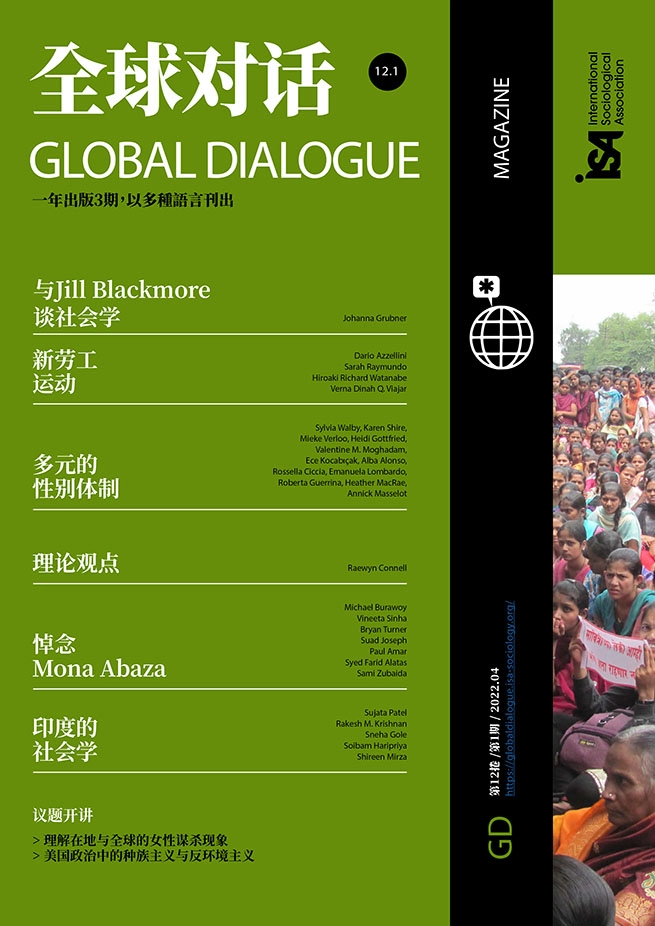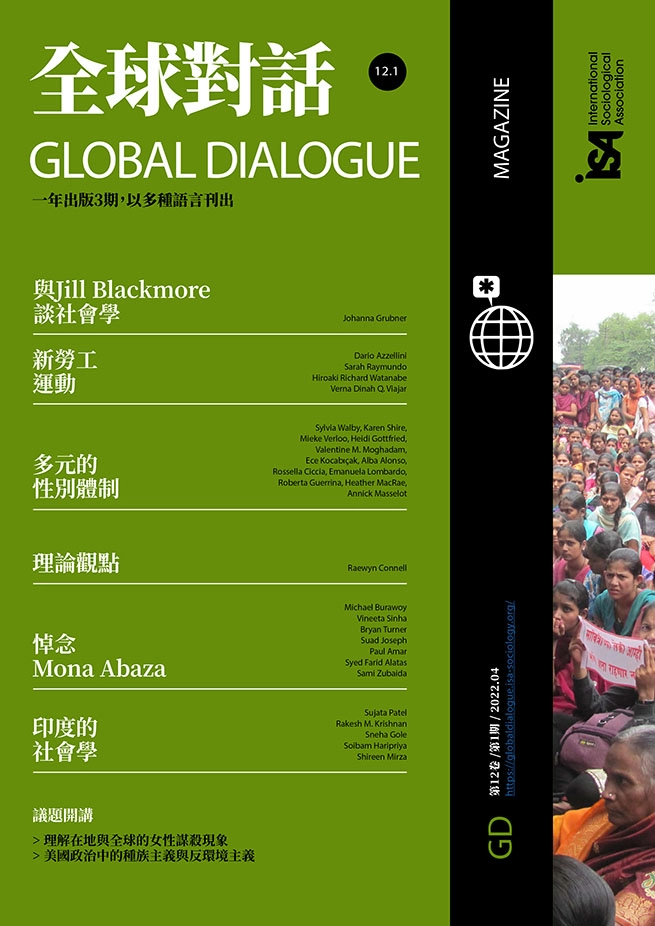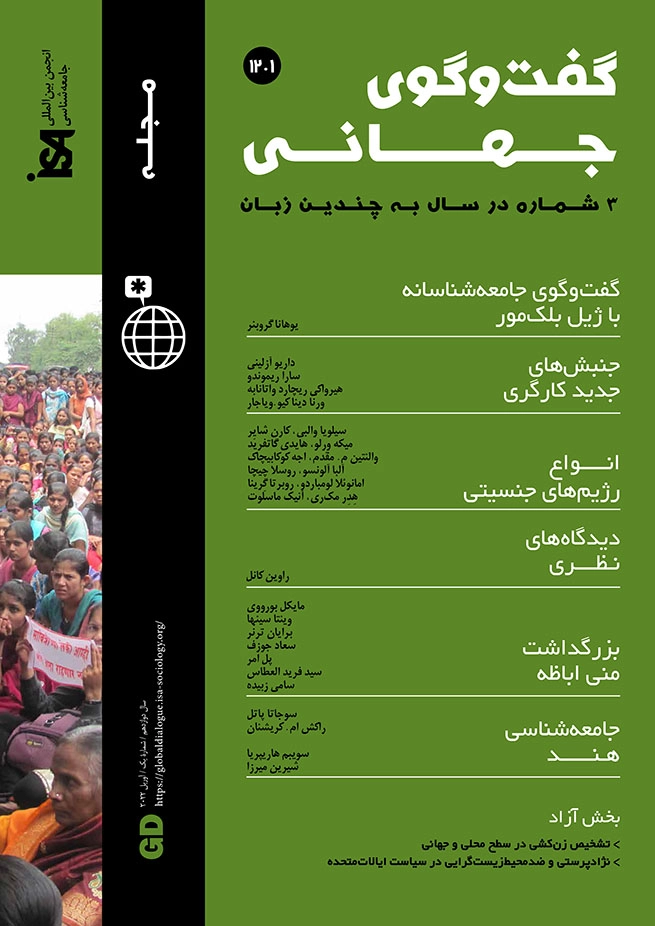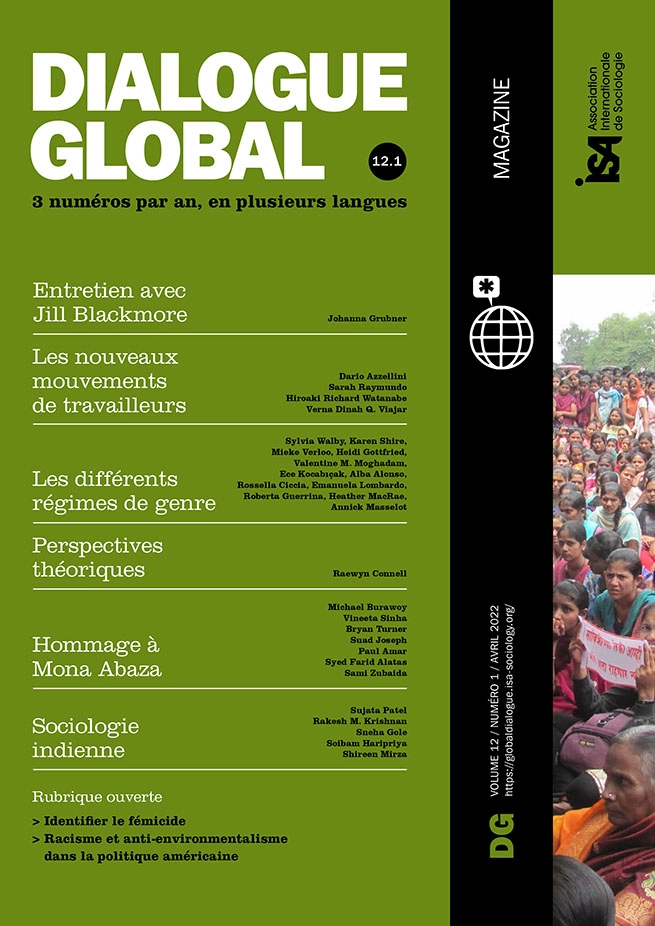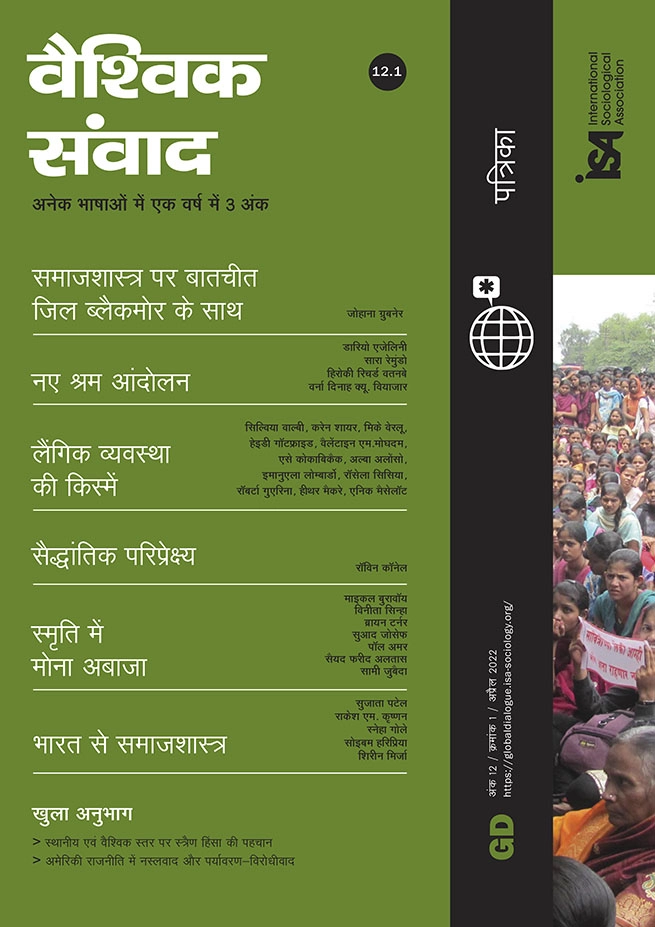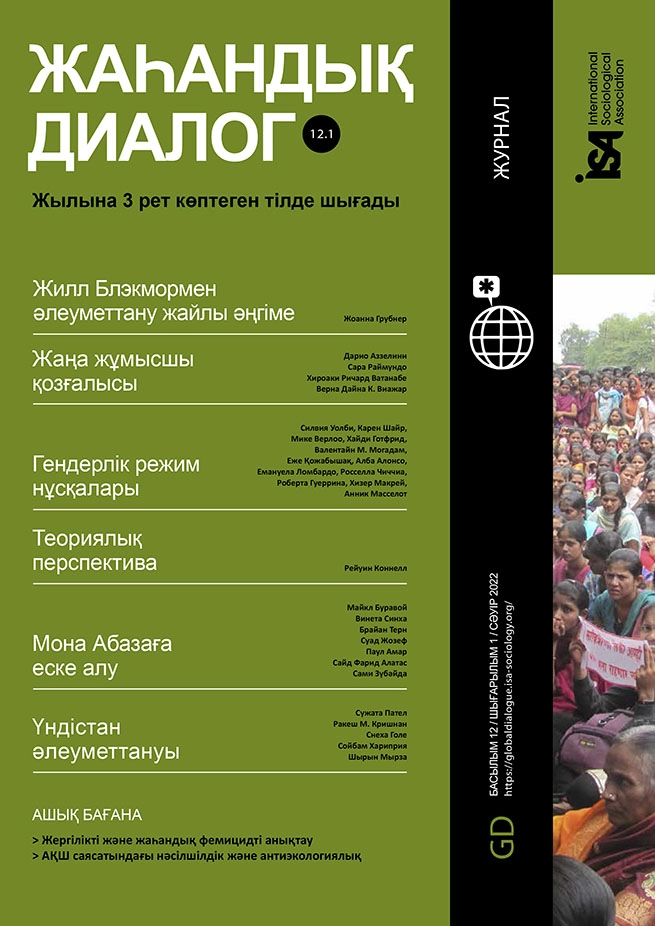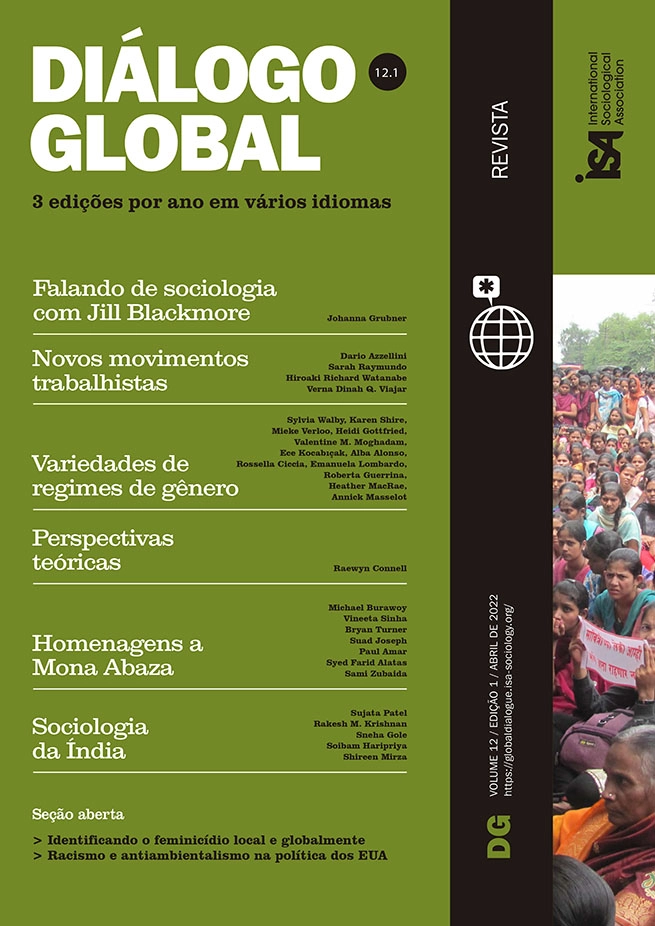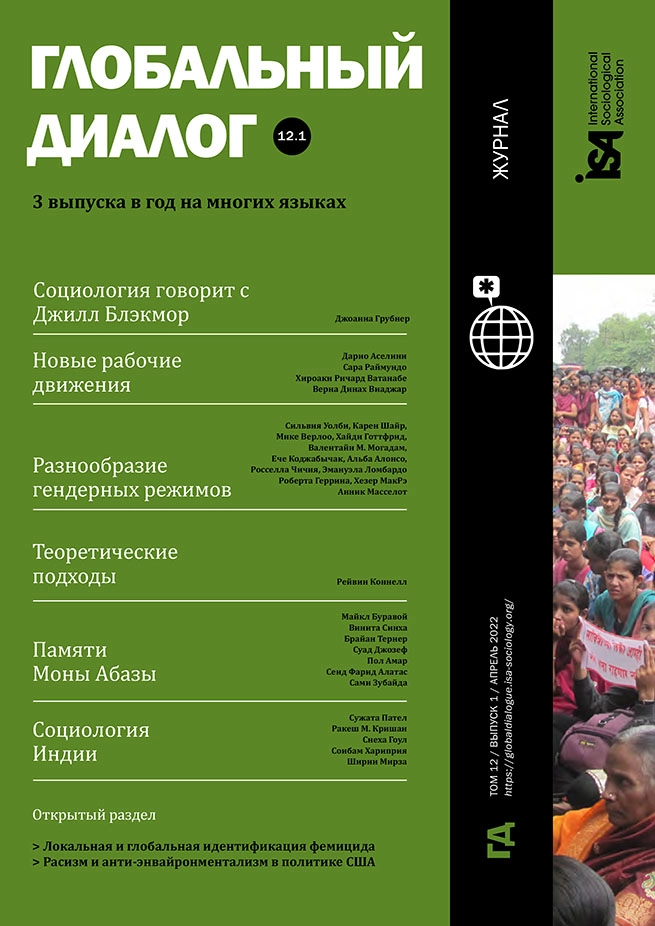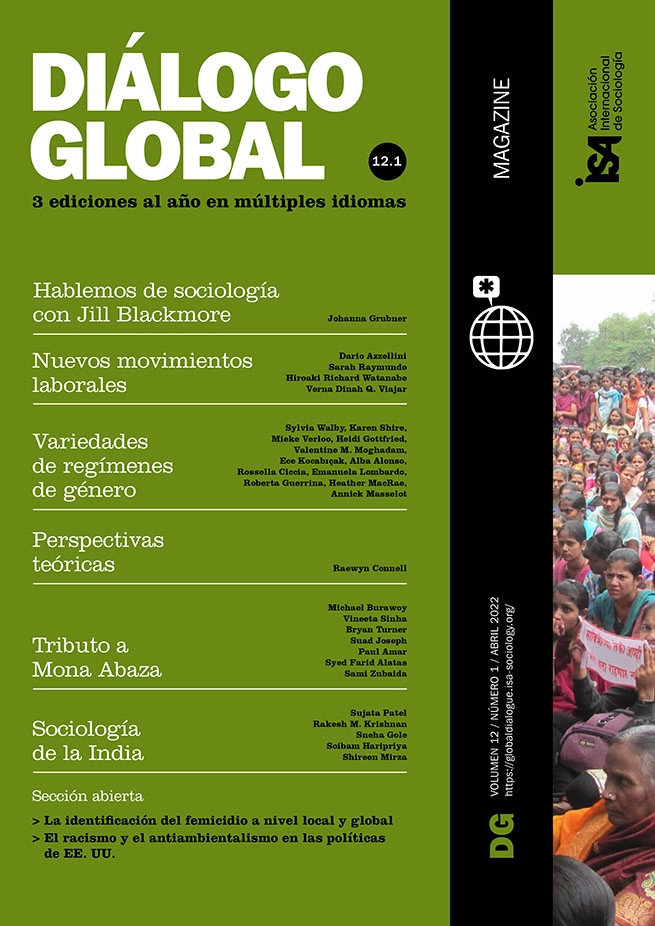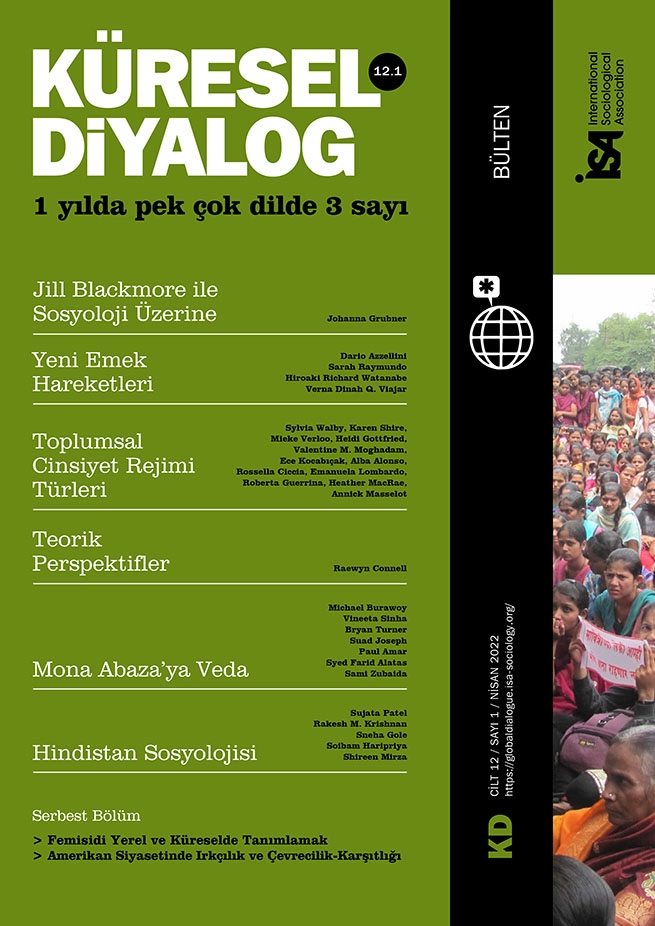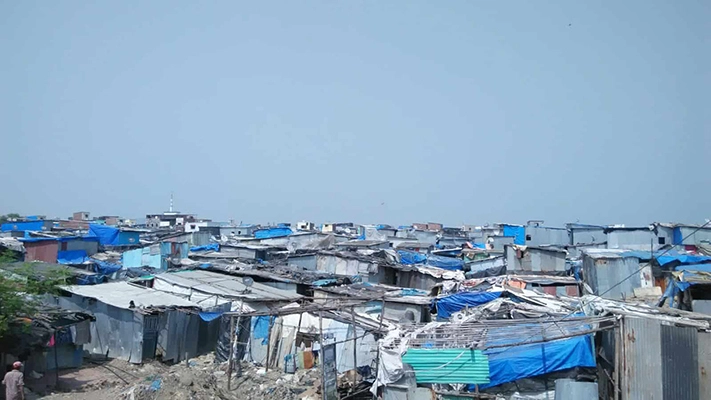In this paper, I argue that on the one hand the sociology of identities creates caste and religion as distinct social categories pertaining to Hindus and Muslims respectively. On the other hand, systems of capitalism and urbanization conflate practices that define caste and religion through stigmatized labor and spatial segregation. In this context, centering stigma as a category is important because it allows for studying cross-cutting structures and undoing disciplining categories with their colonial-nationalist genealogies. The paper argues that we need new categories to capture complex realities and that, through ethnography, newer categories can be forged.
The discursive bifurcation of caste and religion
The hegemonic sociology of caste traces the link between stigmatized labor and caste to the religious ideology of the Hindus as well as to traditional Hindu social practices. Caste is seen to draw its legitimacy from ideas like karma (force produced by one’s action), dharma (path of righteousness), and varna (order) as pronounced in an ancient Hindu text called Manusmriti. These ideas are seen to structure notions of purity and pollution, ritually ranking Indian society into four social groups as well as the untouchable (avarna) castes, located outside the varna, who carry out “polluting” jobs. Sociological analyses based on discourses of caste purity have been challenged for reinforcing upper caste groups as culturally superior, further enabling their accretion of economic and political power. A discursive understanding of caste as a Hindu social system for the management of ritual purity and pollution is also limited because it fails to provide a useful framework to understand contemporary spatial practices of stigma and caste-based labor across religious groups.
Within the discursive approach, both caste and religion are seen as epistemologically bifurcated as well as different realms. This epistemic bifurcation – of caste as a category that is “internal” to the nation and its politics, and (religious) minority as a category that is “external” and related to a timeless Islamic ideology or adaptations to local social contexts – emerges through a colonial-nationalist genealogy. Within this genealogy, “minority” as a category is synonymous with religion as a domain that emerges through the loss of caste. In the colonial-nationalist genealogy, caste and religion are produced as social domains that are conceptually different in status from political and economic labor categories like class and modes of production. This genealogical bifurcation between caste and religion as incommensurable social categories is a result of the colonial enterprise of classifying Indian society into distinct religious groups such as Hindus, Muslims, and Christians, Therefore, the theorization of caste and religion remains immune to the effects of capitalist-driven urbanization. In practice, however, this binary cannot stand, since non-Hindu groups, including Christians and Muslims, are stigmatized in the same way for performing “polluting” labors. Stigmatized labor deems not just the individual but also the community-self as ontologically impure. This ontological impurity is different from the temporal untouchability available to “pure” castes such as Brahmins, in which the state of impurity is temporary and can be reversed by ritual purification.
Hegemonic sociology is further limited in being able to explain contemporary practices of caste labor because of its presumption of the linear model of social change implicit in modernization theories. This is unhelpful, since economic and social development does not transform the closed system of hierarchy into an open system of social stratification based on individual mobility. Instead, urbanization and capitalist economy have led to the institutionalization of caste, particularly within the sanitary departments of Indian cities.
Stigmatized labor and the undoing of disciplinary categories
The sanitary department of colonial Bombay municipality, for instance, used the vernacular term kutchra to refer to urban waste, in which kutchra was seen as emerging from local tropical conditions and native slum areas that required native solutions. Further, it adopted the Persianate term halalkhore as the official term for sanitation. Halalkhore refers to lower-caste Muslim laborers for whom all food was lawful. The department also recruited Hindu, Buddhist, Christian, and Muslim formerly “untouchable” castes, whose “traditional” occupation was seen as cleaning, sweeping, animal slaughter, and the removal of refuse. Recruitment of castes within the municipality locked caste identities into sanitary labor based on the claim that pollution is embodied within caste identity, making caste labor different from wage labor performed as part of an economic transaction.
In Deonar, the biggest and oldest landfill in Mumbai city, built by the colonial sanitary state in 1899, the informal labor of waste picking is done by the Dalit Hindu Matang sub-caste as well as by Bihari Dalit Muslims. It is difficult to distinguish a Hindu Dalit waste picker belonging to the Matang caste from a Muslim Dalit waste picker when they are picking waste in the Deonar landfill. Members of both communities return from the landfill carrying white plastic sacks filled with polythene covers, glass bottles, discarded shoes, and clothes on their backs. Each person carries four to five bags of what they refer to as maal (literally booty, can also be understood as resource) and a metal sickle called akdi to dig through the layers of waste. A torch is tied to the head, and discarded socks are worn over thick boots to prevent being pricked by discarded syringes and broken glass. Common here is the labor of working with the excesses generated by capitalist cultures of accumulation and discard that produce landfills as segregated neighborhoods through the idea of elimination and disgust towards “bad” odor as well as visual excesses.
My ethnography shows that this model of urbanization co-produces combined notions of caste and religion. This can be seen in the place-making histories of Dalit and Muslim settlements around the landfill in Deonar, which was planned as a hazardous belt for the location of “polluted” industries. In the 1947 master plan, for instance, the area is zoned as a kutchrapatty (waste belt), to which the Dalit and Muslim working-class population was resettled. Stigma, therefore co-produces capitalist-driven urbanization in ways that reinforces cross-cutting identities of caste and religion.
I understand stigma as an embodied experience of disgust and discomfort when an object, person, or place is experienced as unsettling. Caste can be seen as a subset of socio-political practices of stigma that symbolically express systems of order and classification by defining notions of pollution, contamination, and disorder. This suggests linkages between caste and stigma – in ways that history comes to be marked upon the body. It means seeing filth or dirt not as an objective but as a cultural category, which is interpreted through practices of “othering” racial, ethnic, sexual, and religious minority groups, as part of a broader socio-political milieu.
Foregrounding stigma as a socio-political process allows for a broader framework that revokes the disciplining categories of caste and religion. In order to do this, we need to move beyond received categories of caste and religion seen as incommensurable, fusing them within the idea of stigmatized labor as a transcendental and yet contingent category that is not divorced from the political. This engenders an important question: do modernity and urbanization imply a universalization of stigma?
Shireen Mirza, Indraprastha Institute of Information Technology Delhi, India, <shireen@iiitd.ac.in>

